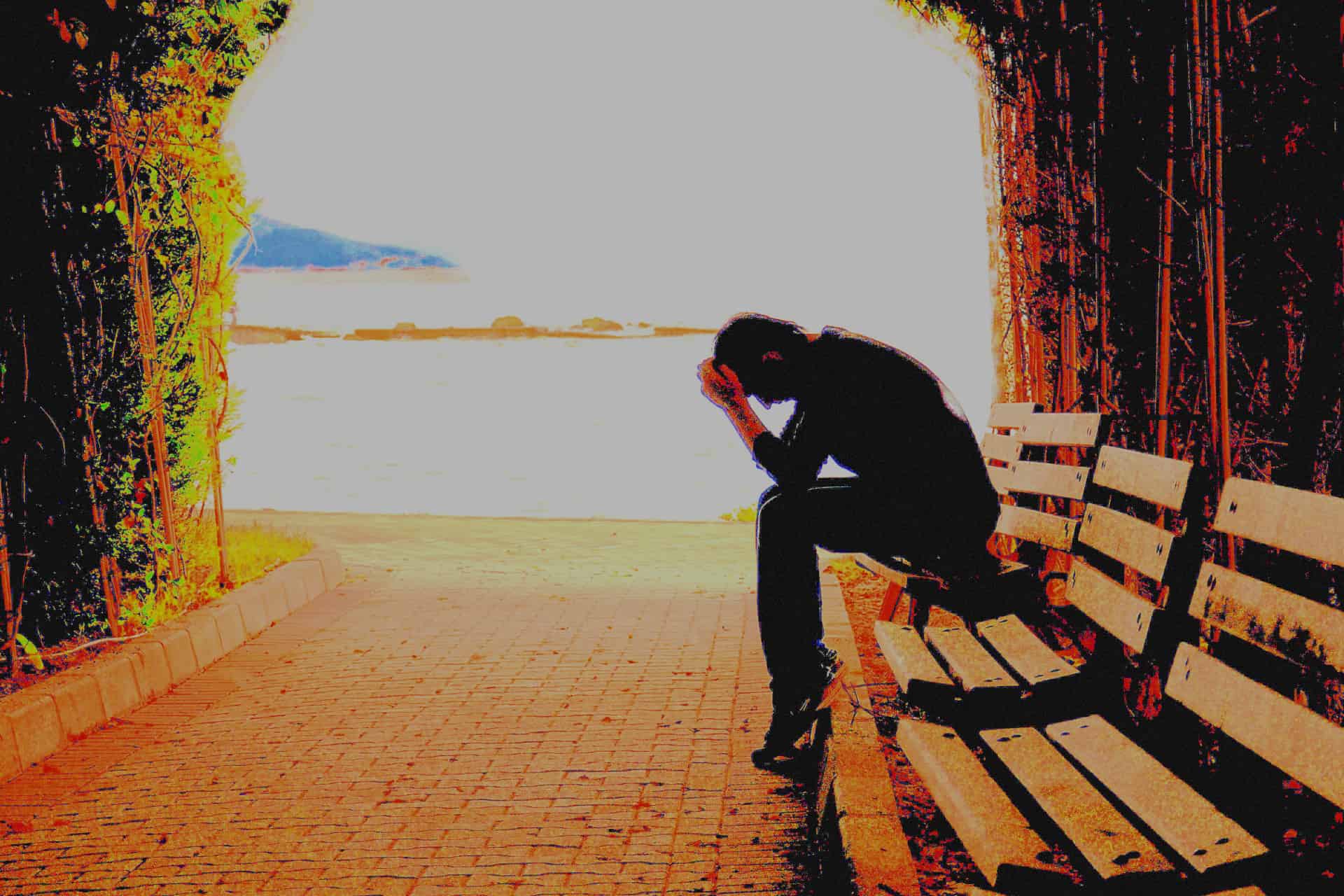In Eastern mysticism and philosophy, the Four Noble Truths outline the core philosophical tenets. The first of these is the Truth of Suffering:
“Chasing after the delights of the world, expecting them to bring lasting pleasure, always leads to disappointment. These things are all subject to the miseries of birth, old age, sickness and death. Even when you do find something pleasant how soon do you grow tired of it? None of these ‘things’ offer any real satisfaction or peace.”
These words echo out of the Book of Ecclesiastes. It is futility to strive for happiness through physical, material things. Our attachment to these things gives rise to our pain and suffering. We are upset when we lose these things, or do not get enough of them, or get too much. We are never satisfied and always want more, want better, want bigger.
The second truth outlines the cause of suffering:
“Not being able to be content with what we have or who we are, our mind is filled with a greed or desire and suffering of all types automatically follows. This attitude of selfishness and greediness is the cause of our dissatisfaction, robbing us of our peace of mind.”
It is this constant process of trying to satisfy the ego that drives our unhappiness. But what is our ego and why is it so attached to the physical world?
“And this, monks is the noble truth of the origination of dukkha (desire): it is craving that makes for further becoming — accompanied by passion and delight, relishing now here and now there — craving for sensual pleasure, craving for becoming, craving for non-becoming.”
Our desire is driven by our ego. This is not only to say: we seek to satisfy our own needs (selfishness) but that the sole purpose of our ego is to sustain itself. The ego is the part of the mind that constructs our world-view. Its primary purpose is to keep us alive. It does this by creating strategies and models of reality that it believes gives us the best chance of not just surviving, but transcending our current genetic framework.
But as can be drawn out of the second quote above, the ego has a hierarchical structure. This is best described by Maslow’s Hierarchy of Needs.
First we achieve basic physical needs (food, procreation, etc.), then security of these physical needs. Next we seek family and social needs and then emotional needs like esteem, confidence, and respect of others. Finally, we achieve self-actualization which is akin to transcendence: morality, creativity, self-worth, and other esoteric values.
Our primary efforts are initially physical gratification. According to Maslow, a psychologist, once we achieve one level of needs we progress to the next.
Our predominant behavior will be based on what needs are most important to us and the level of attainment we have. Just as in Buddhist thought, our highest level of desire is to transcend above our self. This level is usually not shown when Maslow’s hierarchy is discussed but it was a later addition to his body of work.
Whether we think of pain and suffering in its absolute form (physical pain and emotional suffering) or we take a more metaphysical view that they are any state of dissatisfaction in life, humans are fundamentally trapped in a disquieted state of being. We attach ourselves to various things we think will ease our plight but more often than not we never achieve total peace. It is this battle within our self that shapes every aspect of our self and our reality.
